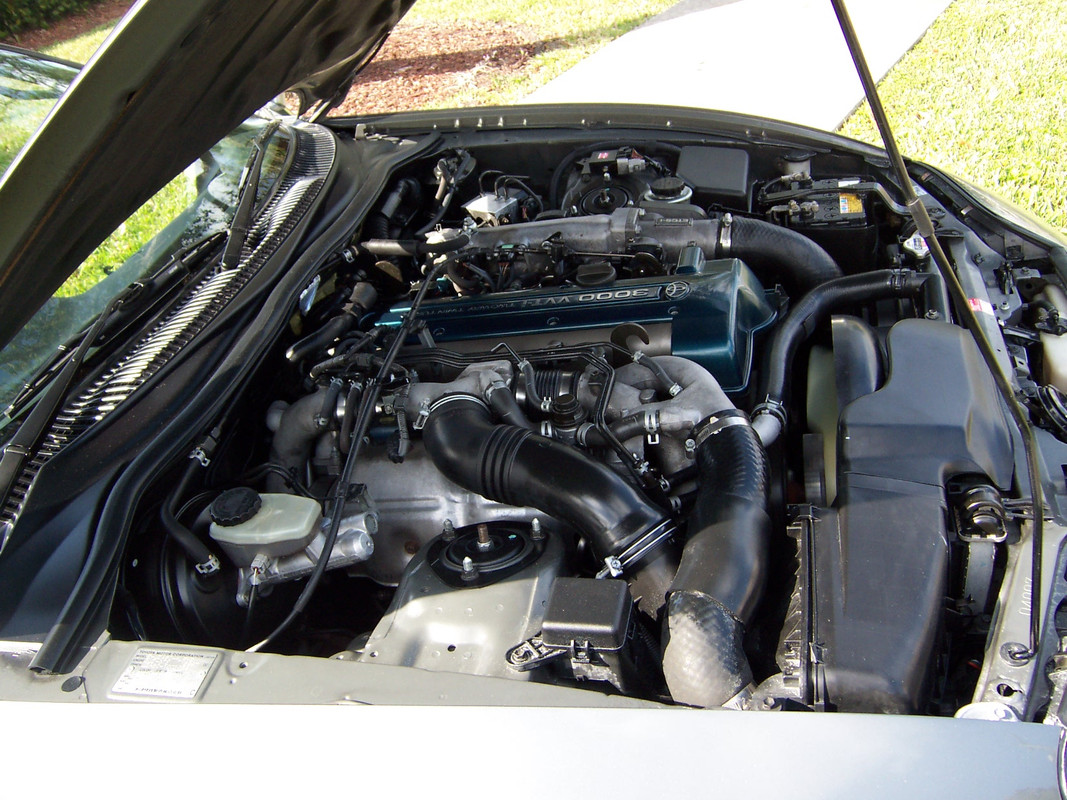I've inspected over a thousand imported JDM engines from 2004 to 2012 , they came 44 at a time in high cube containers and I would look each over and select the ideal candidates for personal use
What you are looking for could be very difficult to find given the age. But here goes
All original parts. get a list of OEM parts and OEM pictures to compare with.
-original air box and air filter, or evidence that OEM air filtering was used. It might be hard to tell now.
-original wiring, tubes, lines, in factory locations, not relocated, not 'upgraded' etc...
-original gaskets, no evidence of silicone sealants, look for red color glue or excessive oozing glue that shows its been open , no good
-original PCV system, look for both sides of the pcv system is OEM. Avoid catch cans and breathers as they tend to ruin the engines over the course of high mileage and seeing one supports the theory that there is some problem and the engine is blowing oil out
-look for signs of pressure washing, very clean spots in easy areas and filthy in hard to reach areas. Pressure washing is fine if you know what you are doing, but if the engine was pressure washed a decade ago and sat for 10 years with water inside its a disaster
-crankcase coloration should be light brown to golden. Avoid dark brown and especially black crankcase colors which indicate poor oil change interval or engine breathers/disabled pcv systems.
-avoid after market air filters, I've seen enough pitted debris inclusion inside throttle bore and deck/head/pistons
-it may or may not have good even compression, the old carbon sticking valves open is common in aged sitting engines, so low or weird compression is not a deal breaker, but youd need a leakdown or some diagnostic (camera on the valve hangup) to determine why its low and prepared to remove the head to rinse the valves with hydrocarbon(non polar) solvents to fix it
-under valve cover like the crankcase is golden to light brown, no sludge jammed in corners of the head or under the valve cover. Some dark brown streaking is common for high mileage but it shouldnt all be dark.
-Any sign of 'cake' carbon is a deal breaker, when carbon becomes soft, loosely tar-like, or fluffy and breaks off easily, this is a very bad sign avoid at all costs, the easy to break apart carbon can circulate and clog tiny orifices in the engine and trash the block. The only types of carbon deposits you should be okay with are the hard, difficult to remove, diamond like sheets that tend to stay put, and only when they appear in key locations such as specific regions of the valve cover or oil pan where oil rinsing is minimal, also the tops of cam caps collects dark residues for some reason, it must be low splash or something. Those types of carbon are common and as long as it doesn't break off a chunk easily (a tiny chunk the size of a pencil lead is too large and can clog something so it doesn't take much) The inside of the engine crankcase needs to be absolutely clean for oil to flow, any tiny debris, grit, sand, bits of carbon, is a deal breaker.
basically all factory original parts well maintained.











